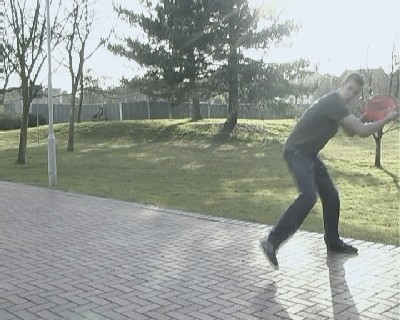A Spectrally Based Method for the Emulation of the Technicolor Process on Digital Images

Before single strip multi-layered colour motion picture film was ‘developed’ at the end of the 1940’s, the main method of producing colour movies was a system invented by the Technicolor corporation, and hence commonly known as Technicolor. Other systems existed but the methods were essentially the same. Light from the lens was split into separate beams, each of which passed through a coloured filter onto a strip of black and white negative, so creating colour records that could be combined with filters and lights at projection time to recreate the scene in colour. The technique was characterised by a rich, vibrant colour that distinguished it from single strip colour films that eventually replaced it. After filming in Technicolor was discontinued, it was still common to create release prints from the colour film using the Technicolor printing process and recent films have also emulated the process on digitised film([2] & [3]). Digitally captured images lack the depth of film and new methods of mimicking photography are continually being thought up, grain, lens flare etc. This paper aims to develop a physically based method of emulating the Technicolor process on digital images through the use of spectral data.
The Use of Miniatures in Modern Filmmaking
I have always been amazed by the ingenuity and innovation of the early pioneers of
